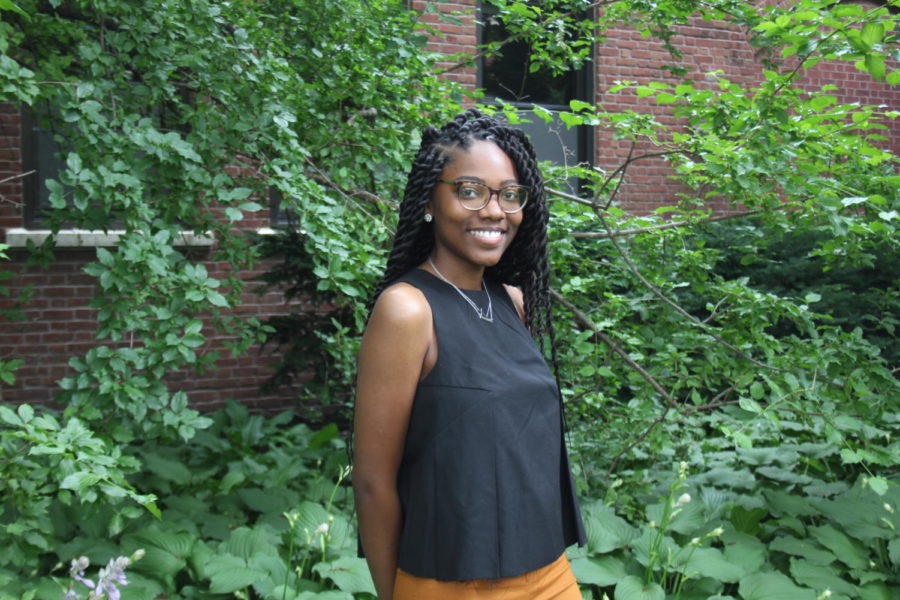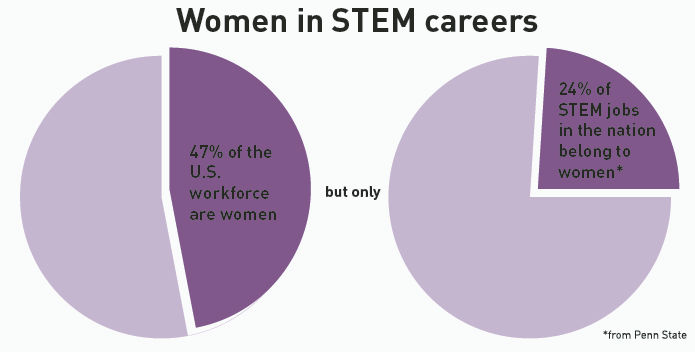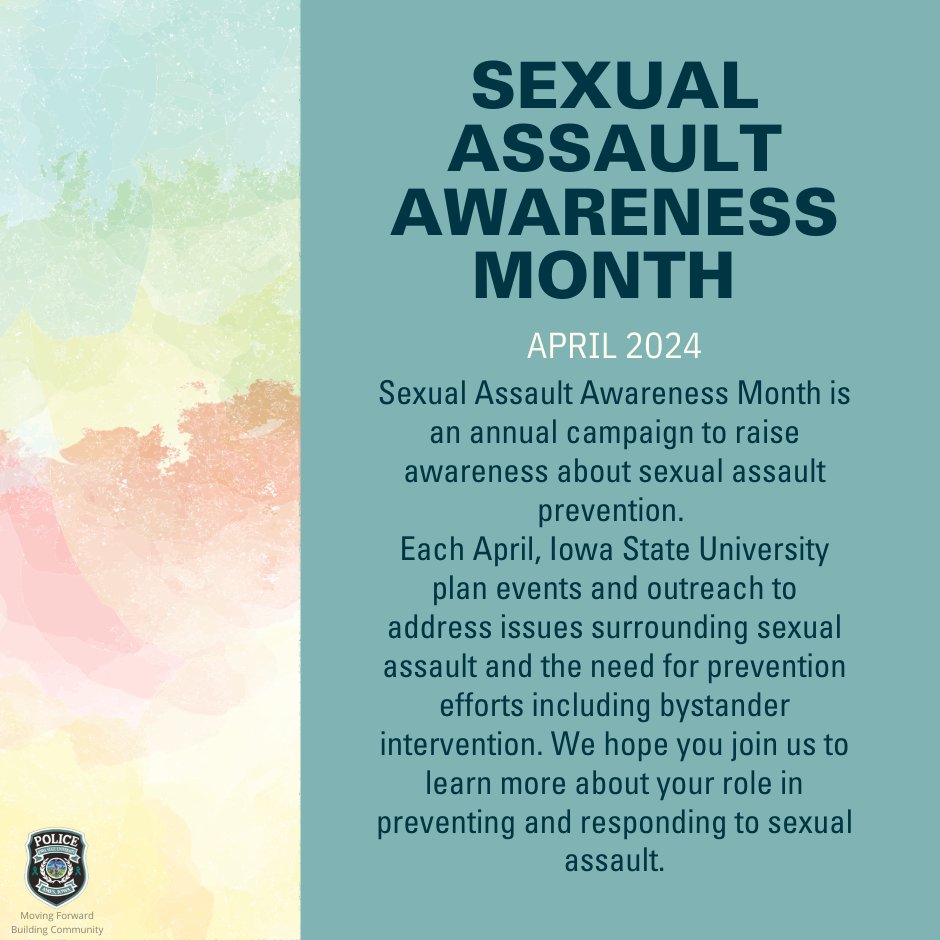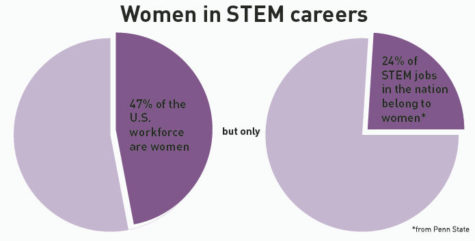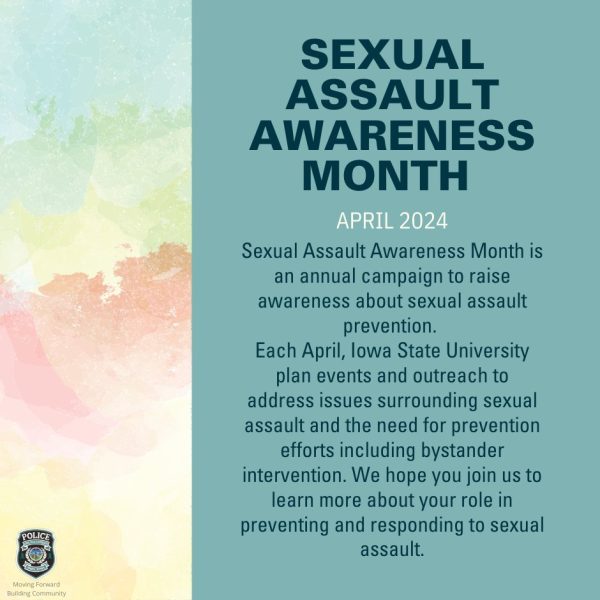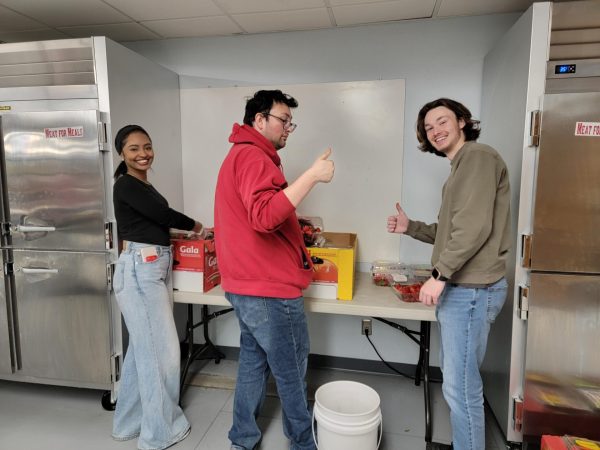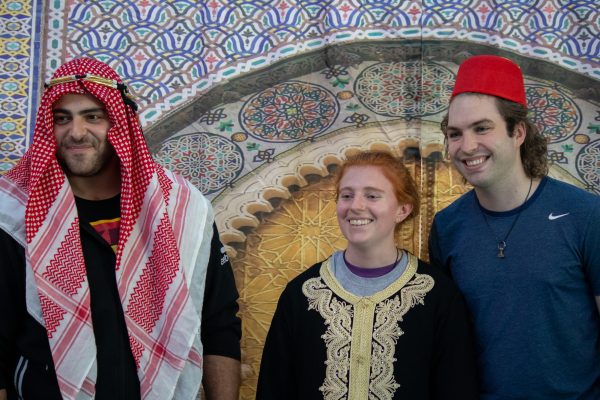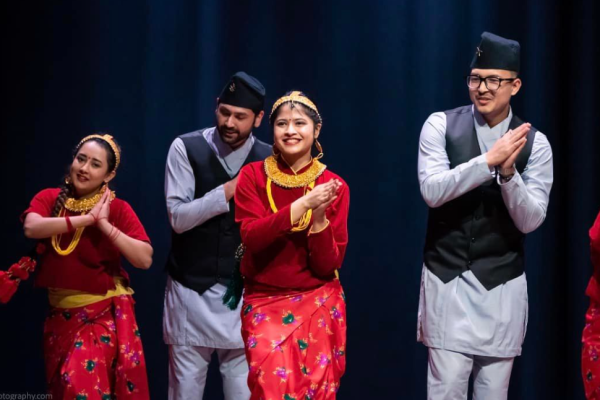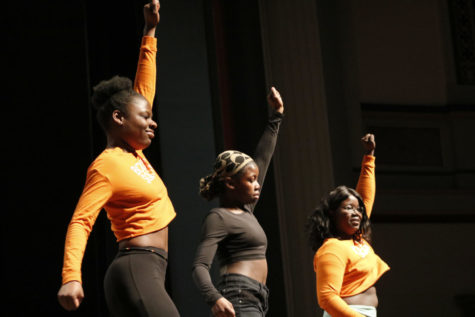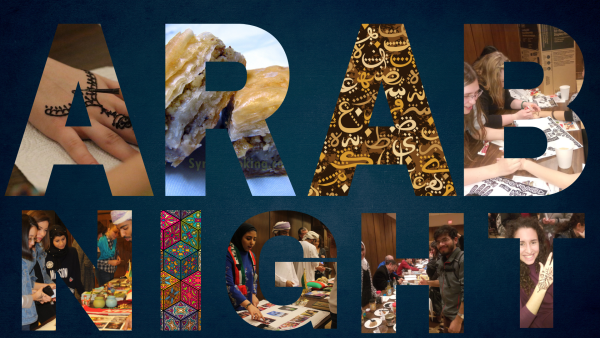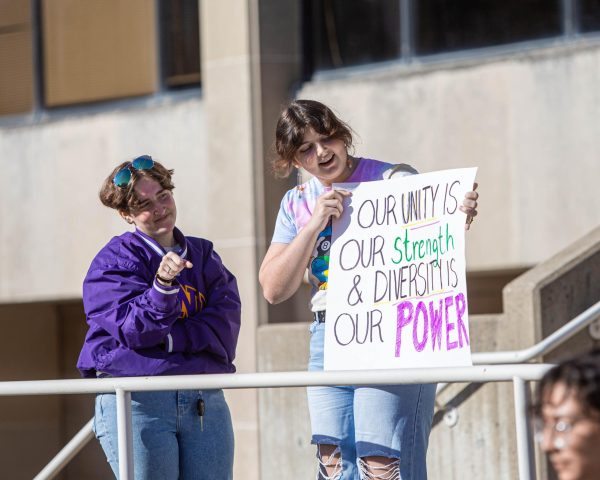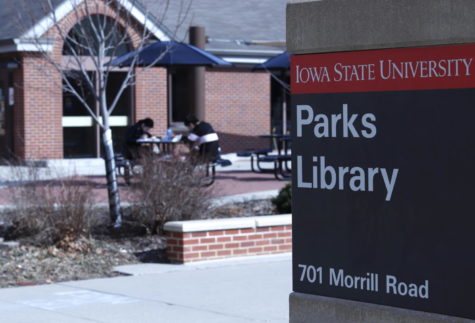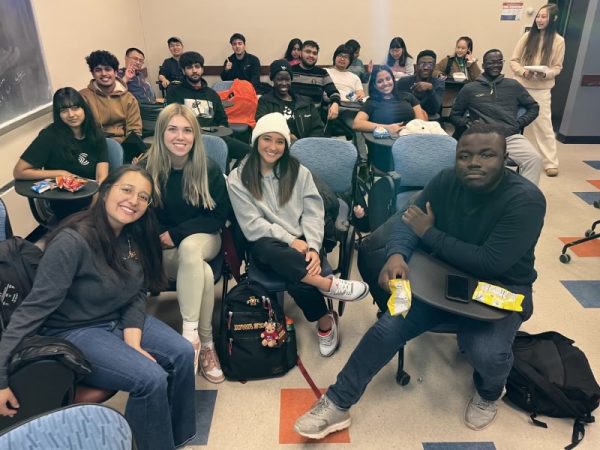Fashion Exhibit embracing Black lives and activism through clothing
March 3, 2020
Collegiate Fashion and Activism: Black Women’s Style on the College Campus, an exhibit in Iowa State’s Textiles and Clothing Museum, displays how black women portray their culture and activist identity at a predominantly white institution through their fashion choices.
This exhibit was curated by Dyese Matthews, a graduate student at Iowa State studying apparel, events and hospitality management and her advisor, Kelly Reddy-Best, assistant professor of apparel, events and hospitality management.
The exhibit is part of Matthews’ thesis project. Matthews said she found inspiration for this project in one of Reddy-Best’s classes, Black Lives Matter: Fashion, Liberation and the Fight for Freedom. In the class Matthews read many texts, but “Liberated Threads” by Tanisha C. Ford stood out to her. The text was about Ford’s in-depth research process of the history of black women and how they used their dress to express their activism identities.
“After reading that book I realized I wanted to do something similar, I wanted to focus on black women and focus on how they use dress today to further the same research,” Matthews said.
Matthews took her research proposal to Reddy-Best, who supported her fully. After the research proposal, Matthews and Reddy-Best created a flyer that called for college students who identify as women, black, were 18 years or older, were students at a university in Iowa, studied on campus and were willing to loan their clothes for the exhibit.
After Matthews found her 15 research contestants, the interview process began.
“I interviewed fifteen black women who attend predominantly white universities in Iowa. We did what’s called a wardrobe interview,” Matthews said. “So I either went to their home and sat next to their closet and we talked about their clothes that way, or they met me at a public location if they were more comfortable with that and they brought their clothes and we talked about it that way.”
After interviewing everyone, Matthews began to sort out the clothing. In the exhibit, the clothing is presented in categories. The first is “Messages of Strength,” which acknowledges the power within the black community and the need of black owned businesses and those who are black and in power.
The second, “’90s Throwback,” explores the style of ’90s popular television shows with all black casts, which are reappearing in black millennial communities.
The third, “Matriarch,” focuses on powerful black women leaders of families. In this case, the grandmother.
The fourth section is “Self-Created Expression.” This represents black women who create their own clothing and garments to represent their black or activist identities.
“Pride in Skin Tone,” the fifth section, displays how black women take pride in their dark complexion by wearing brighter colors to compliment and embrace their skin.
Sixth, “Cause Solidarity,” represents black women who advocate for various social justice issues. These include the Flint water crisis and the women’s rights movement.
In the seventh section, “Connection to Roots,” clothes and accessories that represent black women’s desire to have a connection to their ancestors in Africa are displayed.
Eighth is “Fearless Expression,” a section that shows how black women fearlessly express their identity and activism through their dress despite being in predominantly white spaces.
“Yes I Can!” is the ninth section that explores the experience of being a black woman in not only a predominantly white space, but a predominantly male space as an engineering student.
The tenth section, “Powerful Words,” displays slogan t-shirts and graphic tees that share messages to reject social injustice.
Finally, the eleventh section is called “Black Girl Accessories.” This section highlights specific accessories that overtly express black identity.
“Through all of the themes, we center and prioritize Black women’s voices as important and give them their deserved space in 21st century fashion history. These Black women college students had unique styles that reflected their Blackness in varied ways,” Matthews said in her exhibition overview. “In fashioning their bodies, they expressed pride in their identity and significant interests in uplifting the Black community. While navigating a predominantly white campus that at times they felt was unsafe and unwelcoming for Black women, they found ways to authentically express their Black identity through their clothing.”
Throughout the exhibition process, Matthews stumbled upon many obstacles that showed ways traditional museum practices have excluded many people’s cultures. One obstacle that seemed small but made an impact was the fact that all the mannequins at the museum had light skin.
Matthews saw this as an issue for her exhibit that was supposed to highlight black lives. Unable to find any dark-skinned mannequins, Matthews and her team carefully covered all the mannequins in different shades of brown fabric to more authentically represent the black lives the exhibit was honoring.
Another issue was coming to the realization that the museum collection had no clothes or garments that represented black culture, or hardly any minoritized communities.
“That’s important because we’re at a public institution where we have a museum collection, I work with the museum, but there was little to no representation of black women in that collection. So that’s reflective of the museum collection practices that have happened historically in museum culture where we’re excluding a lot of people’s histories,” Matthews said. “So the fact that I had to ask college students to loan their clothes to me is reflective of the need for reunderstanding how we collect different objects for the museum.”
While these experiences were both discouraging and challenging, Matthews expressed that she was still honored and grateful to be able to tell the stories of these black women. She encouraged those who view the exhibit to take something powerful away from it.
“For anyone who isn’t a black woman it’s basically impossible for you to understand what black women go through. That’s a really broad statement, right? But narrowing it down to black women attending predominantly whire institutions in Iowa, that’s a more specific identity,” Matthews said. “So for people who don’t identify that way, it’s hard to understand that experience. So I would hope that students, or anyone, just gain a deeper understanding of how black women experience their lives.”
Matthews hopes for her exhibit to give insight to being a black person in mainly white communities, specifically at college institutions.
“Or deeper, during the Black Lives Matter movement era. The museum exhibit is focused on activism through dress and empowerment, so how are these women advocating for black lives or any other social movement they spoke out against. So just recognizing fashion is very powerful, it’s not just runways and whatever else. It can have a really significant meaning,” Matthews said.
Collegiate Fashion and Activism: Black Women’s Style on the College Campus will be available for viewing to the public until April 7 at Iowa State University Textiles and Clothing Museum for no cost.

